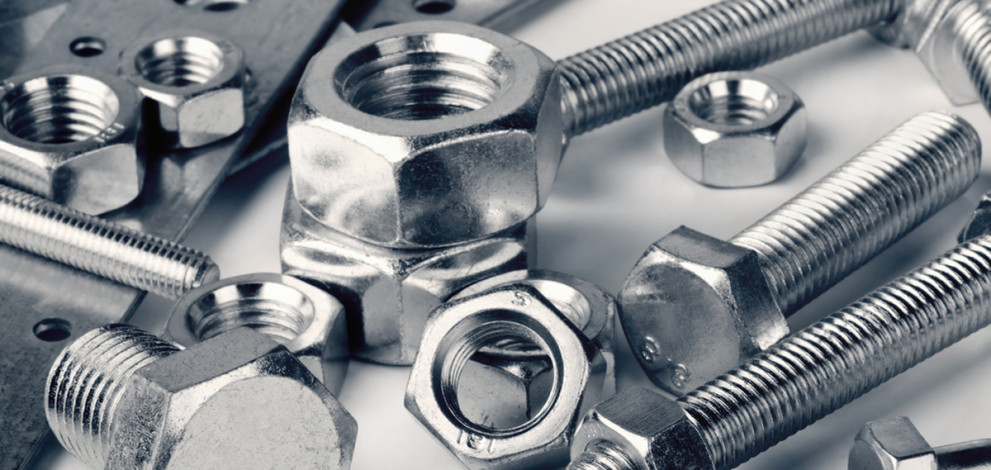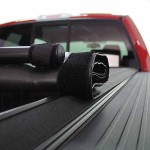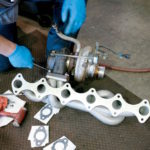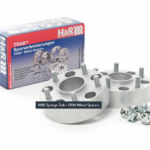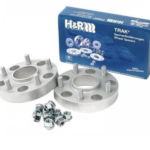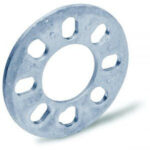Even the strongest metal fastener can fail.
And it will likely fail in one of six ways.
The good news is that if you properly analyze the failed component, you can easily diagnose the reason behind its sad end.
And when you know why a fastener failed, you can prevent it from happening again in the future.
If we listen to what ARP has to say – and after all, they are a recognized leader in fastener technology – each one of these six different failures can be identified by their unique characteristics.
All you need is a three-lens magnifying glass.
Once you have a close-up, follow this simple guide to interpret what your fastener’s physical characteristics are trying to tell you.
FAILURE #1 – TENSILE OVERLOAD

If your metal fastener has failed because of a tensile overload, you will notice:
• The bolt will stretch and “neck down” prior to rupture
• One of the bolt’s fracture faces will have formed a cup, and the other a cone.
To avoid this failure in the future, make sure that your fastener is adequate for the installation. Also take care not to preload beyond the specified yield point of the bolt’s material.
FAILURE #2 – TORSIONAL SHEAR (TWISTING)

If your metal fastener has failed because it was subjected to torsional stress, you will notice:
• An obvious direction of failure
• Failure likely occurred in your driveshaft, input shafts, or output shafts
• Failure likely occurred during disassembly
To avoid it in the future, make sure to lubricate male and female threads, using an appropriate lubricant.
And check that the male fastener is properly aligned with the female fastener.
FAILURE #3 – IMPACT SHEAR

If your fastener has suffered from an impact failure, you will notice:
• A flat failure face coupled with clear directional traces
• Failure likely occurred in bolts loaded in single shear (flywheel bolts, ring gear bolts)
• Failure likely occurred because the bolts had to locate the device, as well as to clamp it
To prevent this failure from occurring again, make sure your bolts are sufficiently preloaded on installation.
Remember that a fastener’s function is to clamp parts together, and not to locate them. Let dowels take care of it.
FAILURE #4 – CYCLIC FATIGUE

This failure is specific to popular drag racing fasteners. They are usually manufactured from high strength quench and temper steel alloys that have undergone the process of hydrogen embrittlement.
These alloys include L-19®, H-11, 300M, and Aeromet among others.
To avoid this type of failure, choose only the highest quality high strength fasteners from reputable brand names. For this type of fastener, extreme care must be exercised during the manufacturing process.
Another option is to go with fasteners manufactured from Inconel 718, ARP 3.5 or Custom age 625+, as they are all immune to hydrogen embrittlement.
FAILURE #5 – CYCLIC FATIGUE CRACKS PROPAGATED FROM RUST PITS

Just like with cyclic fatigue, cyclic fatigue cracks are most common in high strength steel alloy fasteners. Again, these alloys include L-19®, H-11, 300M, and Aeromet.
If you’re experiencing this failure, you will notice:
• A double origin of the fatigue cracks (first photo)
• A juncture of the cracks which propagates from the rust pits (second photo)
To avoid this problem, keep susceptible fasteners very well oiled. Make sure that they’re never exposed to any moisture, and that includes sweat.
Fasteners made from manufactured from Inconel 718, ARP 3.5 or Custom age 625 are immune to stress corrosion.
FAILURE #6 – CYCLIC FATIGUE CRACKS CAUSED BY IMPROPER INSTALLATION PRELOAD

This failure occurs when the dynamic load exceeds the fastener’s clamping load. You end up with cyclic tensile stress followed by failure.
If your fastener has failed due to an improper installation preload, you will notice:
• A clear origin causing the fatigue crack (arrow #1 on second photo)
• A telltale “thumbprint” or “beach mark” (arrow #2 on second photo)
• Tracks which propagate the fatigue crack outwards (arrow #3 on second photo)
When you’re replacing your failed fastener, remember that in most cases you should match exactly what you’re replacing.
Choosing a stronger bolt is not always going to solve your problems. Stronger bolts are more brittle and will probably fail in a specific application.


